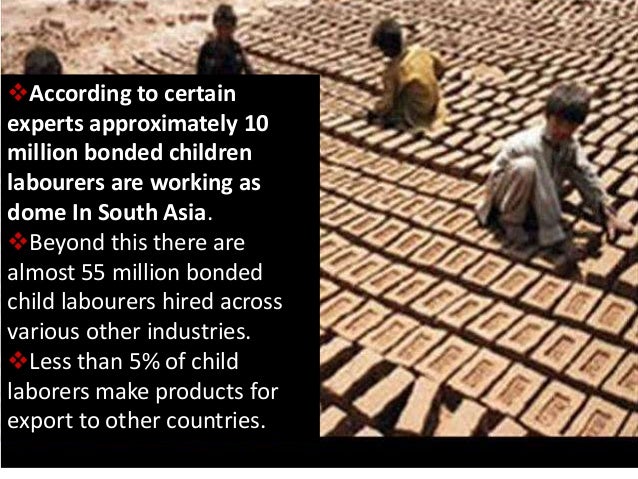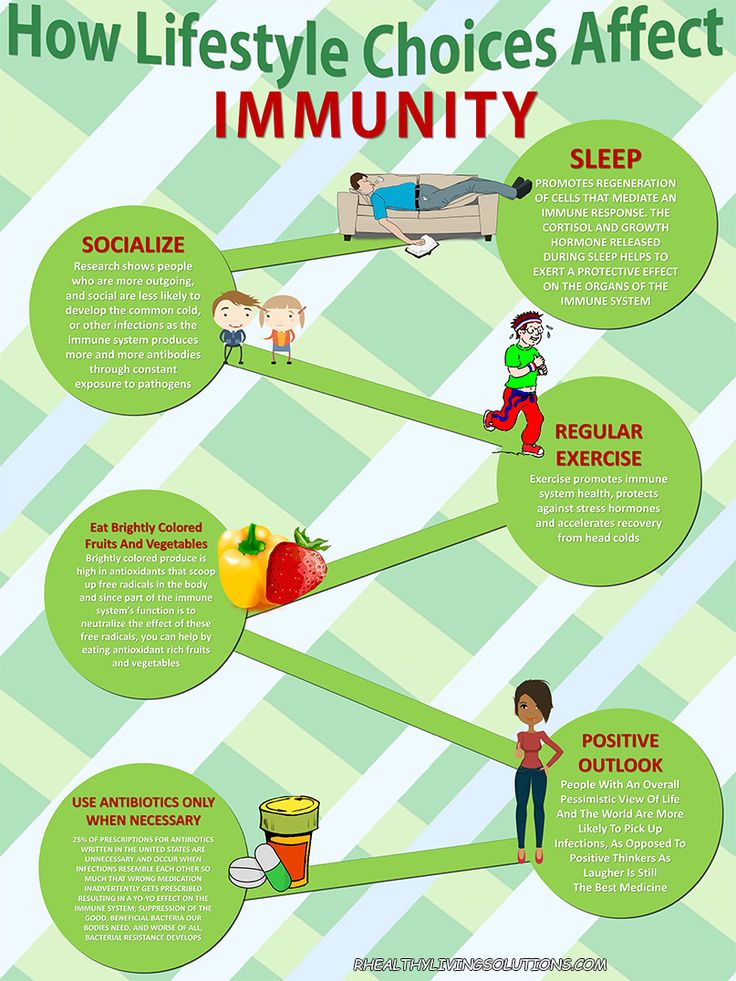How can we solve the problem of child labour
10 Tips for Helping End Child Labor
by Marsha Rakestraw
Last updated January 31, 2019.“The change starts within each one of us, and ends only when all children are free to be children.” – Craig Kielburger
Have you recently purchased a soccer ball?
Something embroidered? Something made from cotton? Chocolate? Clothes? Produce?
If so, there’s a good chance you’ve purchased something made from child labor. Child labor and slavery are so entrenched in the production of goods and services from so many countries, that it can be an enormous challenge to avoid it.
It’s estimated that more than 200 million children around the world are engaged in child labor, and more than half of those (ages 5-17) are involved in some sort of hazardous or dangerous work.
Child labor has existed in some form for thousands of years.
But, as our population has grown, as poverty has risen, as economic globalization has spread, the exploitation, oppression and violation of children has increased. As the editors of Child Labor: A Global Perspective mention, “Poverty is the major precipitating factor, but education, rigid social and cultural roles, economic greed, family size, geography, and global economics all contribute.”
Part of the issue is that there is no clear, global definition of child labor.
Is it all work that a child does? Only work that is oppressive or exploitative? Does working with your family count? How young is too young to work?
One book, Living as a Child Laborer, made this distinction:
Child Work is “work that does not interfere in any way with the development of children or their education.”
Child Labor is “work that is mentally, physically, socially, or morally dangerous and harmful to children or interferes with their education. It is work, therefore, that deprives children of their childhood, their potential, and their dignity.”
The International Labor Organization defines child labor as work that:
- is mentally, physically, socially or morally dangerous and harmful to children; and interferes with their schooling by:
- depriving them of the opportunity to attend school;
- obliging them to leave school prematurely; or
- requiring them to attempt to combine school attendance with excessively long and heavy work.

As the ILO says:
“In its most extreme forms, child labour involves children being enslaved, separated from their families, exposed to serious hazards and illnesses and/or left to fend for themselves on the streets of large cities – often at a very early age. Whether or not particular forms of ‘work’ can be called ‘child labour’ depends on the child’s age, the type and hours of work performed, the conditions under which it is performed and the objectives pursued by individual countries.”
Some people also argue that definitions of “child” and “labor” often have developed from a Western perspective that doesn’t reflect the views of other cultures.
Regardless of the blurriness of definitions, most countries have some laws that limit the amount and types of work children can do. But, that doesn’t mean that they are acknowledged or enforced.
What kind of “work” are children engaged in that could be considered child labor?
Weaving rugs, making bricks, farming, taking apart toxic electronics, selling, cooking, diving for fish, or serving as child prostitutes, domestic workers, child soldiers, etc.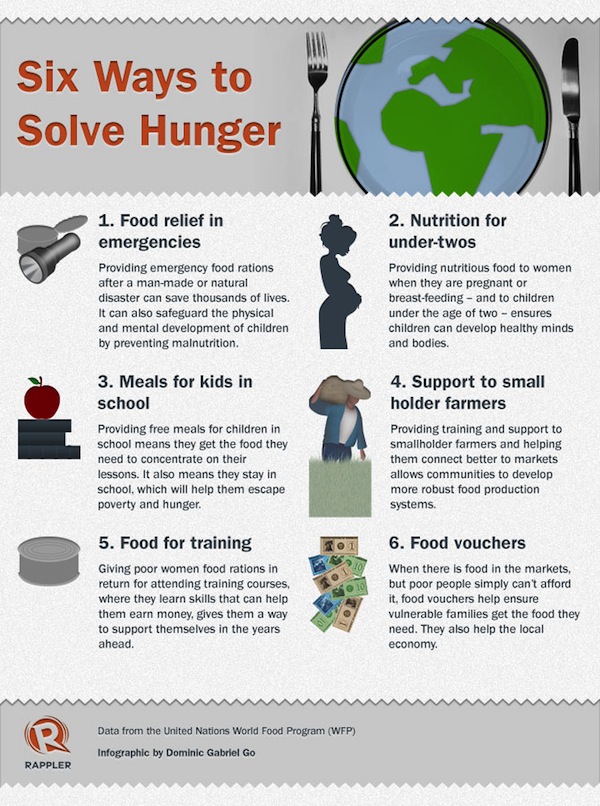 There’s no end to the list.
There’s no end to the list.
World Day Against Child Labor is observed each year on June 12.
Here are a few tips for helping end child labor:
- Educate yourself.
Use resources such as those suggested here, and then share what you learn with friends, family, co-workers, and others, and work together to increase your “voting” power. - Contact retail stores, manufacturers, and importers.
Kindly ask them questions about the origins of their products. Let them know you want to buy products that don’t involve child labor, and give them suggestions for ethical products and services they can offer instead. - Buy fair trade and sweatshop-free products whenever possible.
Buy used when you can’t. Or borrow, share, trade, make it yourself, etc. Look for certified fair trade labels such as Fair Trade Certified, Fairtrade America, and the Goodweave label to ensure that you’re supporting positive practices that don’t involve child labor.
Also be sure to use Food Empowerment Project’s Chocolate List to ensure that the chocolate you’re purchasing wasn’t made using child labor. - Grow more of your own food.
Buy from farmer’s markets (verify their labor practices first), Community Supported Agriculture, and U-Pick farms. - Share your time and money.
Forgo that daily latte or expensive make-up or go out to eat a bit less, and funnel that money toward supporting reputable groups that are helping free children from exploitative labor and helping them get a good education. Volunteer your time when you can. - Contact local, regional, and national legislators.
Ask them to pass laws that ensure no products in your city/state/country are made with child labor, and encourage them to adopt “codes of conduct” which include concern for humane, sustainable, just practices. - Contact businesses that do business in countries that have child labor.

Encourage them to put pressure on government officials to take appropriate action and on businesses that use child labor to use sustainable, fair-trade practices. - Invest ethically.
If you’re a shareholder, use your voice to ensure that your companies support humane, sustainable, just practices that don’t include child labor. - Contact government leaders.
Write letters to the heads of countries that permit any form of child slavery/forced labor and ask them to strengthen and enforce their laws, and to increase educational opportunities for children and humane, sustainable business opportunities for adults. - Educate others.
Give presentations to schools, communities of faith, nonprofits, and other groups to educate them about child labor issues and encourage positive action.
Stopping such insidious practices isn’t easy, but there are choices that all of us can make to improve conditions for children, to reduce our contribution to child labor, and to facilitate an end to the oppression and exploitation of children.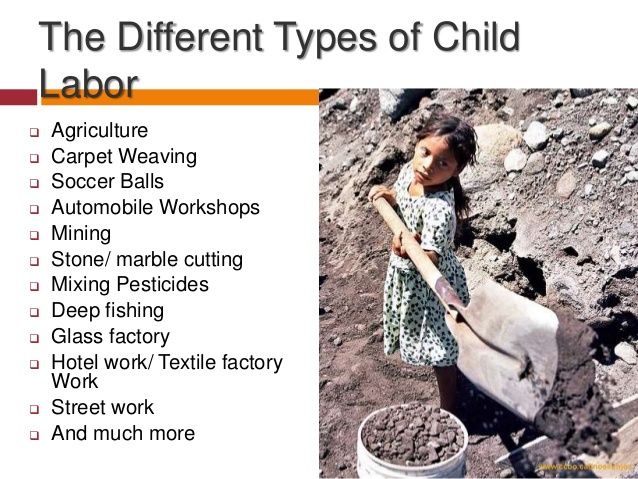
Image via ILO/Phan Hien/Flickr.
We would love to hear from you. Let us know what you think about our content by leaving us a comment or by emailing us at [email protected].
Save
Five ways we can help to eliminate child labour
“There can be no keener revelation of a society’s soul than the way in which it treats its children.” – Nelson Mandela
The World Day Against Child Labour, which is held every year on June 12, is intended to foster the worldwide movement against child labour in all of its forms. This year’s theme looks to shine a spotlight on the global need to improve the safety and health of young workers and end child labour.
Facts about Child Labour:
- Worldwide 218 million children between 5 and 17 years are in employment
- In the world’s poorest countries, around one in four children are engaged in work that is potentially harmful to their health
- Among 152 million children in child labour, 88 million are boys and 64 million are girls
- 1 in 5 children in Africa is working in child labour
Below you will find 5 ways we can help eradicate child labour in all its forms:
1.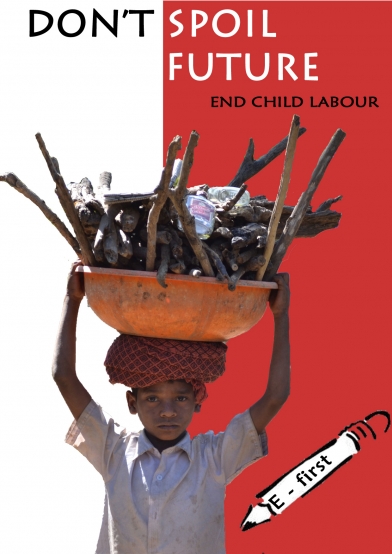 Stakeholders must take responsibility
Stakeholders must take responsibilityPhoto credit: Unsplash
Children do not work because they want to, and parents would ideally much rather see their children receive an education. Child labour is socially accepted when people see no other option but to send their children to work. Governments must abide by internationally accepted agreements, companies must employ adults instead of children and – importantly – consumers must not buy goods produced by child labour.
2. Increased access to educationPhoto credit: Unsplash
Removing children from child labour does not mean that they will automatically attend school. Schooling can be expensive, or of very poor quality, and so some parents think sending their children to work is the obvious alternative. Both large and smaller businesses can make their contribution by raising awareness about the importance of education in their workplaces, communities, industries or sectors.
3.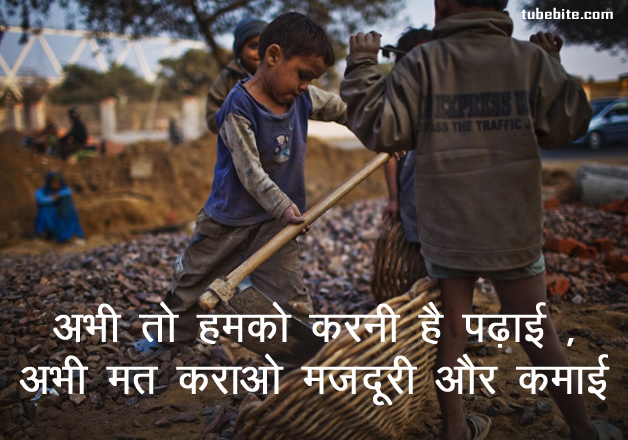 Provide support for children
Provide support for childrenPhoto credit: Pexels
Children are also at greater health and safety risk in the workplace for a number of reasons:
- Lack work experience – children are less able to make informed judgments.
- Want to perform well – children are willing to go the “extra mile” without realising the risks.
- Learn unsafe health and safety behaviour from adults.
- Might not be carefully trained and supervised.
Photo credit: Unsplash
As many as 7.8 million Indian children are forced to earn a livelihood even if they also attend school. Many of these children drift away from the path of education completely and get end up in child labour. This means a country has a lack of formally educated adults who can contribute to the process of nation-building and to the country’s economic growth.
5. Engage with the Sustainable Development GoalsPhoto credit: Unsplash
We know that the 17 Sustainable Development Goals (SDGs), adopted in 2015, will only succeed if we work towards the goals together. The sub-Saharan African region is among those affected by situations of extreme poverty, state fragility and crisis, and by natural disasters and population displacements associated with global climate change, which in turn are known to heighten the risk of child labour.
The sub-Saharan African region is among those affected by situations of extreme poverty, state fragility and crisis, and by natural disasters and population displacements associated with global climate change, which in turn are known to heighten the risk of child labour.
How to prevent the exploitation of children in conflict? |
Archive audio
Download
Millions of children around the world are forced to work - often in very difficult and unsafe conditions. On June 12 - World Day against Child Labor - remind the UN. The Food and Agriculture Organization of the United Nations (FAO) has released new guidance on preventing the exploitation of children in times of crisis. Learn more about what amounts to exploitation and how to help children remain children, even in situations of armed conflict, with FAO Representative Jacqueline Demeranville.
*****
“Exploitation of child labor is work that poses a threat to the health, safety, morale of the child, as well as work that does not allow the child to receive an education. It is also the involvement of children under a certain age in the work.
In short, from the point of view of international law and the legislation of most countries, a teenager who sprays pesticides, or a child who cannot go to school because he has to work, are victims of exploitation. At the same time, says FAO's Jacqueline Demeranville, in certain cases, the involvement of children in labor is acceptable.
“Working in a safe environment, work that does not interfere with the child's education and is appropriate for the child's age may be considered legitimate. In rural areas, working "on the ground" can be beneficial for children. It helps them acquire the skills they will need in the future.”
However, working conditions in the fields rarely meet these acceptance criteria. Sometimes children are forced to do very hard work, replacing adults. Most often, children living in a conflict zone or caught in the epicenter of a natural disaster find themselves in such a situation.
Sometimes children are forced to do very hard work, replacing adults. Most often, children living in a conflict zone or caught in the epicenter of a natural disaster find themselves in such a situation.
“Natural disasters and armed conflicts destroy the habitual life of people, destroy their property, for example, livestock. In such conditions, children stop going to school, because they have to help their families survive, earn money, get food. Some children lose loved ones during war or natural disasters. They have to work so as not to die of hunger.”
Children who were exploited before the outbreak of conflict face new threats to life and health in the context of hostilities. They may come under fire in open areas, or run into mines and unexploded ordnance while working in the field.
The Food and Agriculture Organization of the United Nations reminds that child labor is just one of the many problems people face in armed conflict. FAO's new leadership should help affected communities cope with the impact of the crisis and prevent the emergence of a "lost generation".
“Social institutions that protect children's rights and educational institutions play a very important role in times of conflict. But it is also important that various agricultural organizations and programs do their best to protect children from exploitation. They should help families to quickly restore the economy and return to normal life. Thanks to programs to support farmers and develop agriculture, children will be able not to overwork and go to school.”
Photo Credit
Photo Credit
ILO Photo
itunes
Children
Interviews
Human Rights
Reports
reviewme-pro
me-audio-audio
The problem of the use of child labor - Newspaper Kommersant No. 97 (815) dated May 27, 1995
3K 3 min.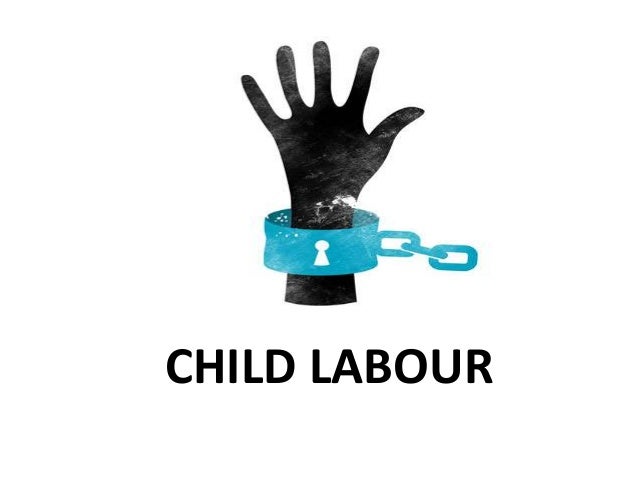 ...
...
The problem of child labor
Accurate statistics are not available, but according to the International Labor Organization (ILO), 100-200 million children under the age of 15 work in the world today. They work, as a rule, in low-paid jobs and at the expense of their own education. If we proceed from the correctness of the premise that poverty and poverty of all human misfortunes are most susceptible to "expanded reproduction" (that is, they reproduce themselves on an even larger scale), then for such a phenomenon as child labor, this premise is doubly true. And this problem, inherent, by the way, not only in the South, but also in the developed North, still does not find an adequate answer from either the first or the second. There are programs of the United Nations Children's Fund (UNICEF), ILO. In a number of Western countries there are public organizations dealing with this problem, and a bill was recently introduced in the US Senate to prohibit the import of goods produced by children. As for the post-communist countries, it is too early to talk about them not only about a comprehensive solution to the problem, but even about understanding it on a full scale at the level of public consciousness.
There are programs of the United Nations Children's Fund (UNICEF), ILO. In a number of Western countries there are public organizations dealing with this problem, and a bill was recently introduced in the US Senate to prohibit the import of goods produced by children. As for the post-communist countries, it is too early to talk about them not only about a comprehensive solution to the problem, but even about understanding it on a full scale at the level of public consciousness.
According to UNICEF experts, the most reliable way to count the number of working children is to find out how many of them go to school. According to the UN, in third world countries 25% do not walk. That's about 130 million children, most of them girls. And about a third of children who enroll in elementary school drop out before they graduate. According to the ILO, in absolute terms, more than half of working children are in densely populated Asia, while in percentage terms this figure is higher for the poorest of the continents - Africa: one in three work there, in Latin America - only 15-20%.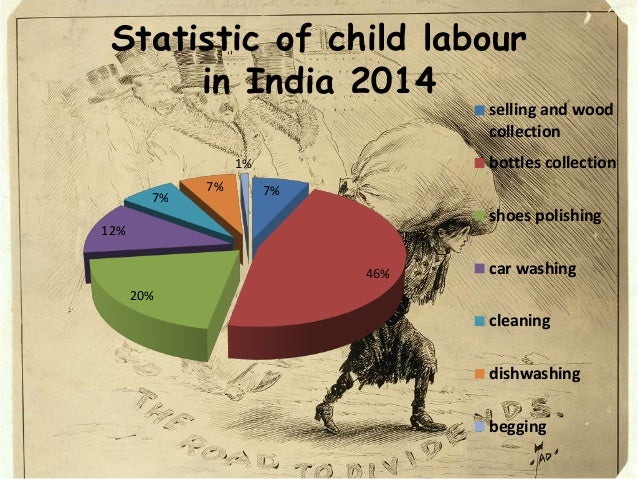 Statistical accounting is complicated by the fact that information, as a rule, is carefully hidden by employers, because the use of child labor is accompanied by violations of tax and other legislation. Entrepreneurs sometimes prefer to avoid the concentration of production (which is easier to account for by the tax authorities), dispersing it among small subcontractors, family firms, and so on. Child labor is usually the most disenfranchised. That is why it is children who are most often used in hazardous and hazardous industries, neglecting many other norms. Of course, a special article is purely criminal offenses against children: sale to brothels and, in general, various kinds of sexual crimes. These phenomena are especially common in Asia.
Statistical accounting is complicated by the fact that information, as a rule, is carefully hidden by employers, because the use of child labor is accompanied by violations of tax and other legislation. Entrepreneurs sometimes prefer to avoid the concentration of production (which is easier to account for by the tax authorities), dispersing it among small subcontractors, family firms, and so on. Child labor is usually the most disenfranchised. That is why it is children who are most often used in hazardous and hazardous industries, neglecting many other norms. Of course, a special article is purely criminal offenses against children: sale to brothels and, in general, various kinds of sexual crimes. These phenomena are especially common in Asia.
Strange as it may seem at first glance, there is not even a single clear concept of what child labor is in the world. According to UNICEF criteria, this is the kind of work that is "too long, too difficult, harmful to children's physical or mental health.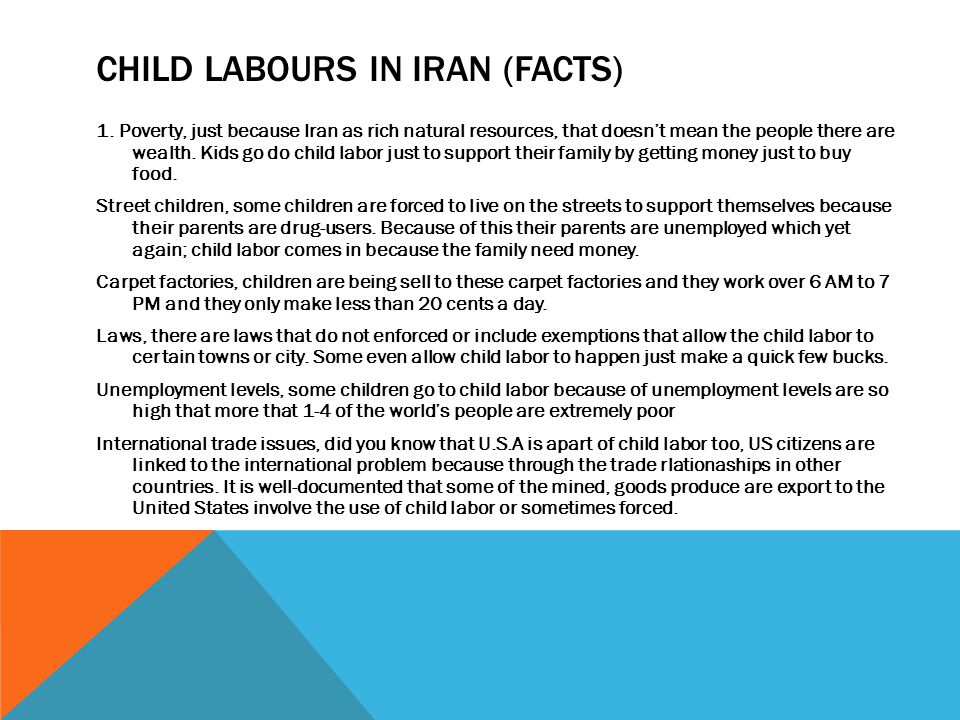 " It is also implied that such work interferes with education. And in this regard, for example, the work of coffee pickers on the plantations of Zimbabwe (for 10 hours a day, six days a week) or young weavers in the carpet factories of Nepal (for $ 1 per day) falls under the category of child labor of concern to UNICEF, and part-time jobs on vacation days at gas stations in the United States - no. A separate problem is forced child labor, close to elementary slavery. India, Bangladesh, Brazil, Pakistan, Nepal are the most "famous" for this. Although, in fairness, it should be noted that the same India and Pakistan stand out among the third world countries if only because they have extensive government programs to address the problem of child labor.
" It is also implied that such work interferes with education. And in this regard, for example, the work of coffee pickers on the plantations of Zimbabwe (for 10 hours a day, six days a week) or young weavers in the carpet factories of Nepal (for $ 1 per day) falls under the category of child labor of concern to UNICEF, and part-time jobs on vacation days at gas stations in the United States - no. A separate problem is forced child labor, close to elementary slavery. India, Bangladesh, Brazil, Pakistan, Nepal are the most "famous" for this. Although, in fairness, it should be noted that the same India and Pakistan stand out among the third world countries if only because they have extensive government programs to address the problem of child labor.
In terms of its forms, child labor in the world is reduced to approximately the same set: agriculture (especially family farms), the service sector, prostitution, and small business. According to the UN, no more than 5% of working children are currently employed in export industries or the extraction of natural resources. Therefore, the "Dickensian pictures" of the period of the beginning of the industrial revolution are outdated today. However, according to Teresa Albanez, Adviser to the Executive Director of UNICEF, the use of child labor in export industries around the world has been growing dynamically in recent years, primarily because child labor, because it is cheap, creates additional advantages in an increasingly internationally competitive market.
Therefore, the "Dickensian pictures" of the period of the beginning of the industrial revolution are outdated today. However, according to Teresa Albanez, Adviser to the Executive Director of UNICEF, the use of child labor in export industries around the world has been growing dynamically in recent years, primarily because child labor, because it is cheap, creates additional advantages in an increasingly internationally competitive market.
According to international organizations, there is a strong growth of child employment in Eastern Europe. As far as Russia is concerned, Soviet traditions are still quite alive in it: children are the most privileged class. The love of children is rooted not only in the laws, but also in the mass consciousness, often giving rise to immeasurable infantilism and dependency. The legislation prohibiting the use of child labor is also alive. True, even earlier such phenomena as "potatoes", weeding of all kinds of collective farm vegetables, and so on, contradicted him.